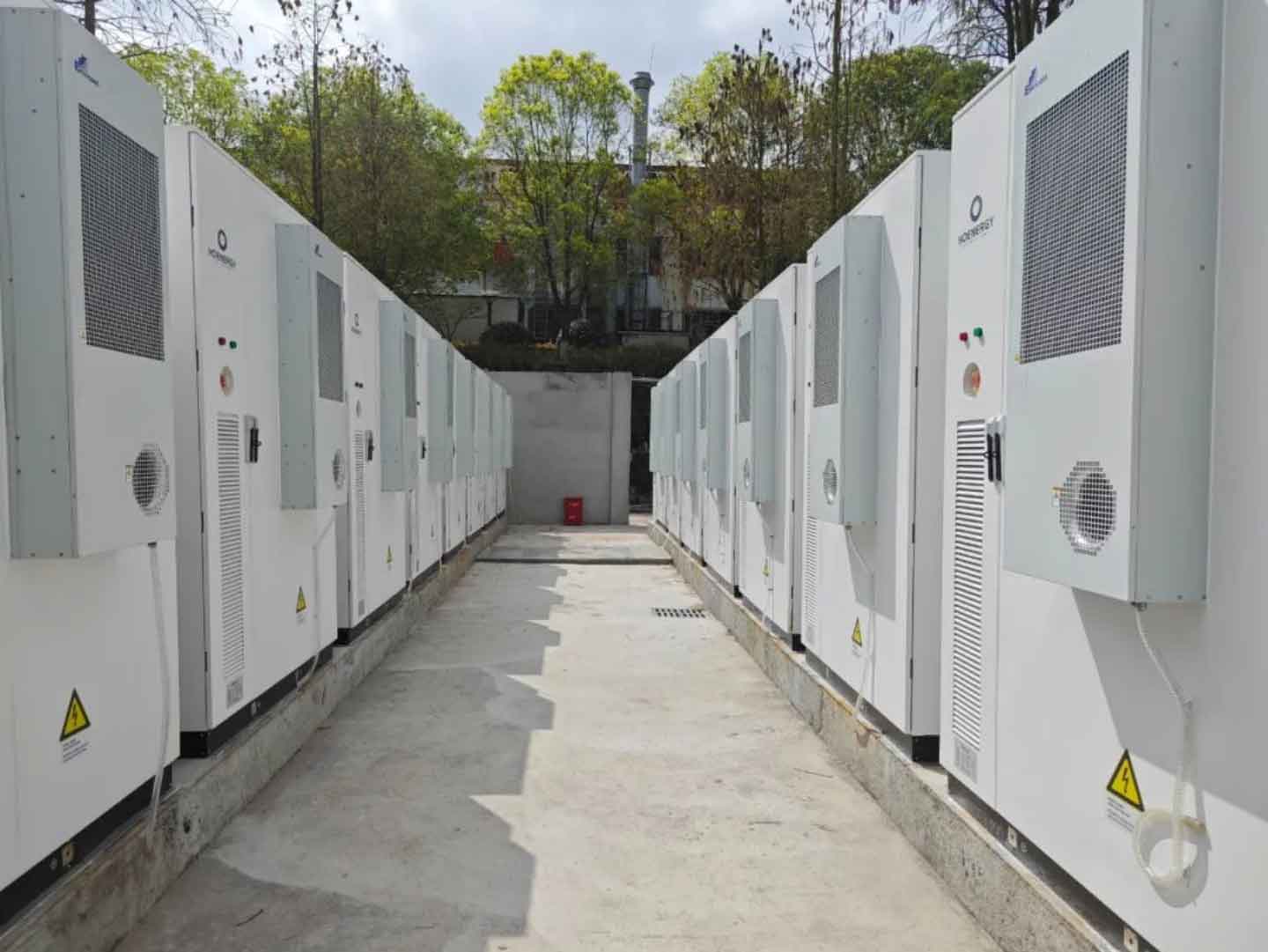In the context of global carbon neutrality, energy storage system have become an indispensable element in the process of energy structure transformation. Some people say that energy storage system IS actually a bunch of solar battery, but if you think so, it’s quite one-sided. In fact, besides solar battery, the position of 3S systems in energy storage system devices cannot be underestimated. So, what is the highly anticipated “3S” in the energy storage system industry? Next, let’s explore the truth.

The energy storage system mainly consists of solar battery PACK, battery management system (BMS), energy management system (EMS), energy storage inverter (PCS), and other electrical equipment. Among them, BMS, EMS, PCS, abbreviated as “3S systems”, work closely together to ensure the safe and efficient operation of energy storage system.
EMS: The Brain of Energy Storage System
EMS, also known as Energy Management System, is the core of the entire energy storage system, responsible for data acquisition, data analysis, and energy scheduling to ensure the balance and normal operation of the energy storage system. EMS can monitor the status of energy storage system equipment (such as PCS, BMS, electricity meters, fire protection, air conditioning, etc.) in real time, and implement economic operation and safety protection strategies to achieve optimal energy allocation and scheduling. EMS plays a crucial role in both small and medium-sized industrial energy storage systems and large-scale source network side energy storage system.
BMS: The Safety Guard of Solar Battery
BMS, also known as Battery Management System, is a key component responsible for solar battery monitoring and management in energy storage system. It manages each solar battery unit through intelligent means to prevent overcharging and discharging, and extend solar battery’s service life. BMS can also monitor solar battery status in real-time, providing important information such as individual battery voltage, temperature, SOC (State of Charge), SOH (Health), etc., to support EMS decision-making with data.
PCS: The Executor of Energy Storage System
PCS, also known as energy storage inverter, is the core component that enables bidirectional flow of electrical energy between the energy storage system and the power grid. It is responsible for controlling the charging and discharging processes of solar battery and performing AC/DC conversion. PCS receives control instructions from EMS and controls the inverter to charge or discharge the battery according to the instructions. At the same time, PCS can also communicate with BMS to obtain battery pack status information and achieve protective charging and discharging of solar battery.
Relationship between the three: Collaborative operations to ensure the safe and efficient operation of energy storage system
In the energy storage 3S system, EMS, BMS, and PCS each play different roles, but they are closely related and cooperate in combat. EMS plays a decision-making role, responsible for data collection, network monitoring, and energy scheduling of the entire microgrid system; BMS plays a perception role, responsible for monitoring, evaluating, protecting, and balancing solar battery; PCS plays an executive role, controlling the charging and discharging processes of the energy storage battery pack. The three parties exchange data and transmit instructions through communication protocols to ensure the efficient and safe operation of the energy storage system.
Conclusion
BMS, EMS, and PCS are the core components of energy storage system, and their collaborative work is crucial for the safe and efficient operation of the entire energy storage system. VoltBuffer energy storage has an industry-leading fully stack self-developed 3S system, achieving comprehensive coverage of air-cooled, liquid cooled, centralized, and series energy storage products. It has been successfully applied in various application scenarios such as industrial and commercial energy storage system, new energy distribution and storage, and substation energy storage system. With 3S homologous technology, it promotes energy security, intelligent collaboration, and utilization efficiency, helping to improve the quality and efficiency of energy storage system.
